Follow Luelle and I on an exiting Old World River Cruise through France!
Actually this blog will cover two cruises on French Rivers. First we did the Bordeaux Cruise on the River Royale. That meant flying non-stop from our Dulles airport to Paris and then to Bordeaux. An alternative would have been flying to Paris and then getting the train down to Bordeaux.
After the Bordeaux cruise, we flew to Marseilles for the Burgundy and Provence cruise. Once again, the train would have been an option. Uniworld cruises always include transfers to and from the airport. It’s nice to get off the plane and be met by a smiling Uniworld person who directs you straight to the bus and straight to the ship. Same thing when you leave. They deliver you straight to the Airport, handling the bags both ways. It’s nice to not have to think about catching the right train or tram or taxi. But usually you will want to do something either before or after your cruise. Many folks on this trip are doing a few nights in Paris before or after their cruise. Then you have a lot of options, plane, train, or rental car. If you’re interested, Luelle knows the connections and has some opinions about the best way to avoid jet lag and arrive rested.
To view pictures of our Bordeaux Cruise click here.
To view pictures of our Burgundy and Provence Cruise click here.
This map shows these two cruise locations in France.
The Bordeaux cruise goes up two rivers which join in the estuary, the Dordogne and the Garonne. The Burgundy and Provence cruise goes up the Rhone River from Marseille to Lyon.
Here’s the River Royale docked in Bordeaux.
- Here’s the Catherine at her inaugural cruise just 5 weeks ago.
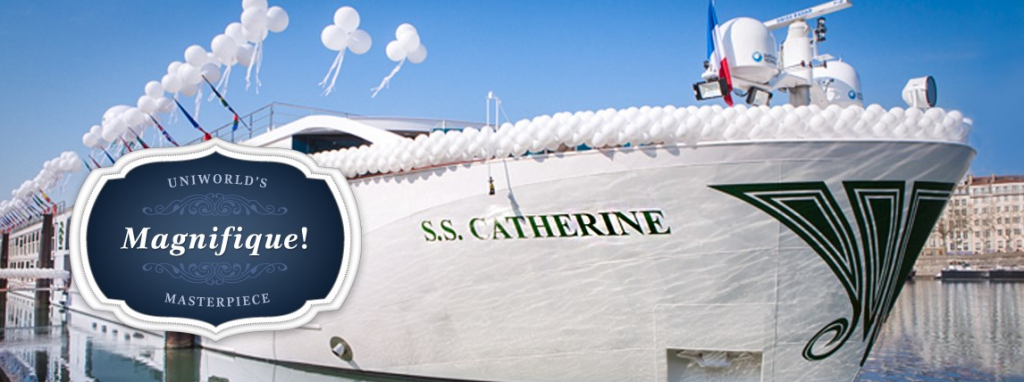
Then we boarded Uniworld’s fantastic new Super Ship the S.S. Catherine through Burgundy and Provence!
Our final voyage is be aboard the S.S. Catherine was christened during an elegant ceremony on March 27, 2014.
Ship Facts
Inauguration: 2014
Length: 443 ft
Width: 37.5 ft
Voltage: 110/220 volts
Guests: 159
Staff: 57
Royal Suite: 1 (410 sq ft)
Suites: 5 (305 sq ft)
Categories 1 – 3 Staterooms: 61 (194 sq ft)
Categories 4 – 5 Staterooms: 13 (162 sq ft) Camargue Deck:
• All Suites and Category 1 staterooms and have full open-air balconies that with the touch of a button raises the glass to create a completely enclosed conservatory.
• Suites and the Royale Suite also offer the option for triple accommodations.
• Category 2 staterooms on this deck have French balconies.
Avignon Deck:
Staterooms have French balconies.
Check back here for more about our exciting French River Cruise Adventure!
To view our previous travel blogs select from recent posts listed at the bottom of the right sidebar of our home page.


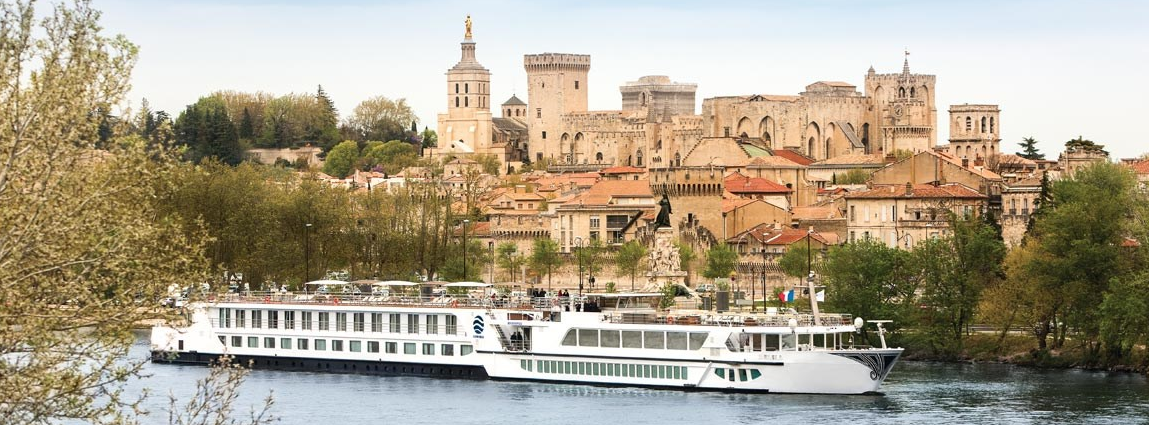
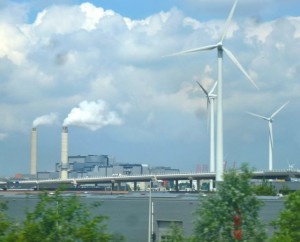
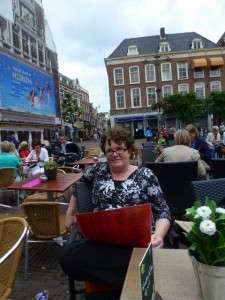
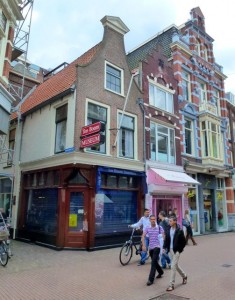
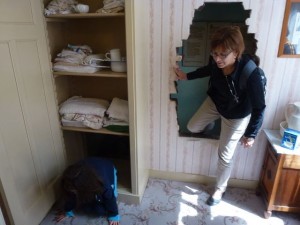
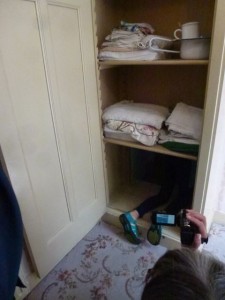
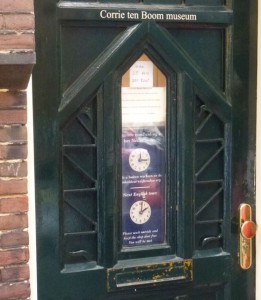

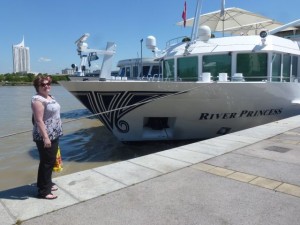
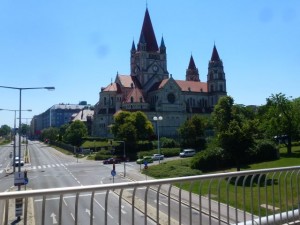
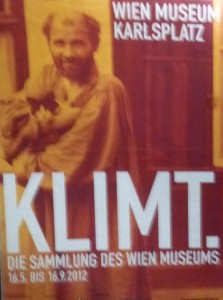
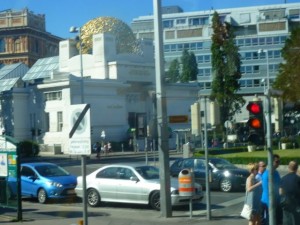

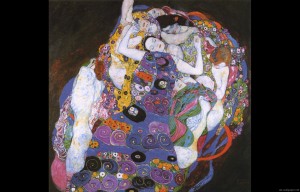
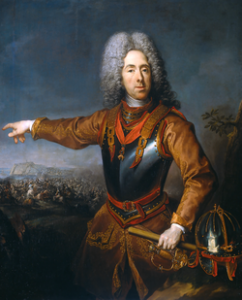
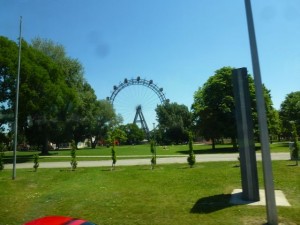
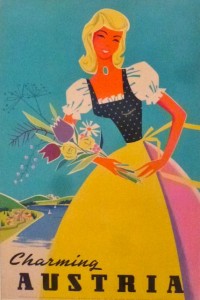
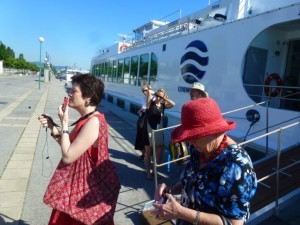
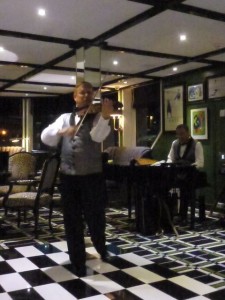
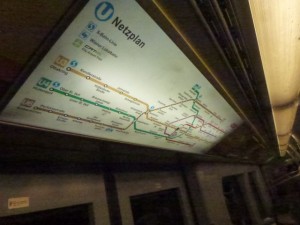
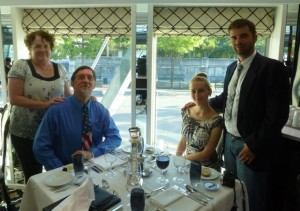
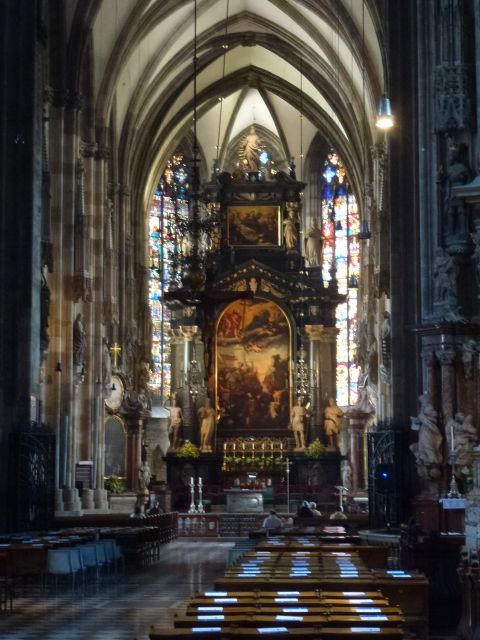
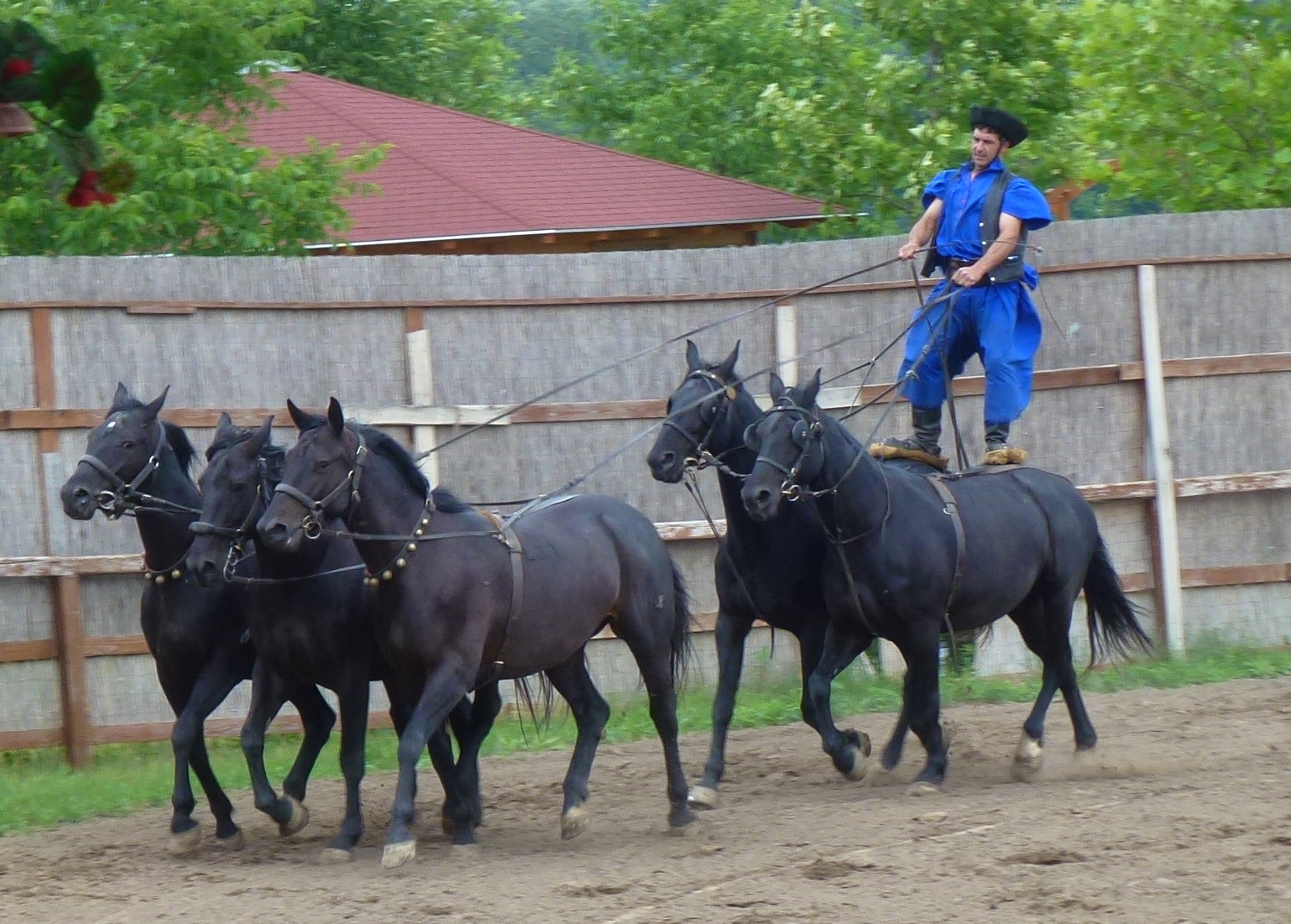

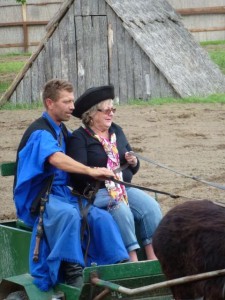
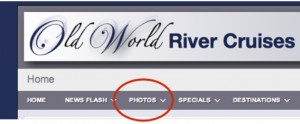
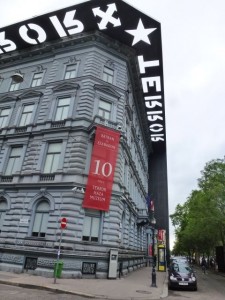
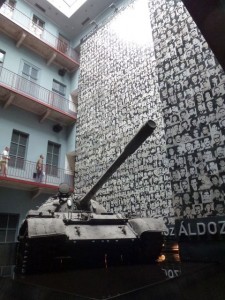
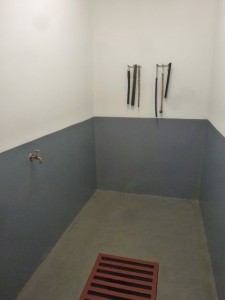
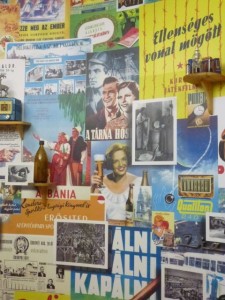
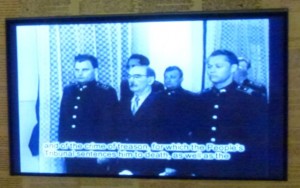
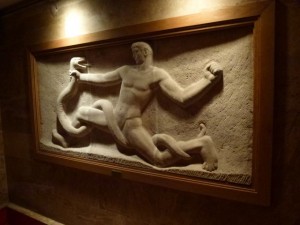
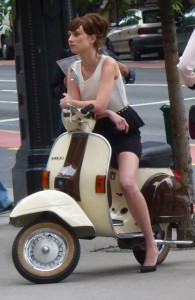
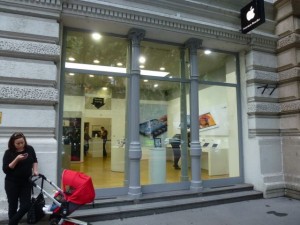
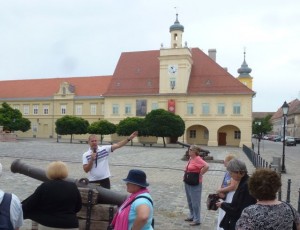

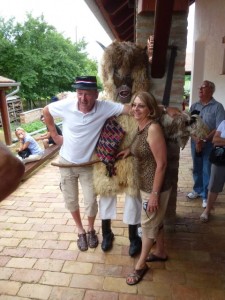
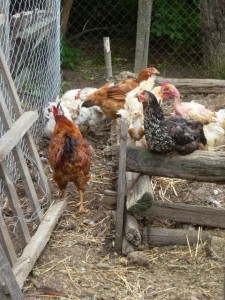
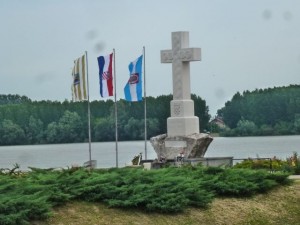
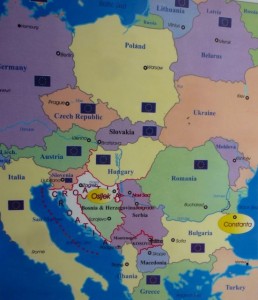
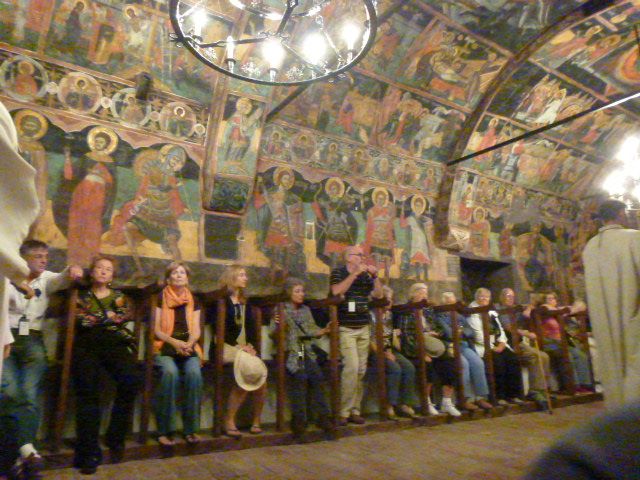
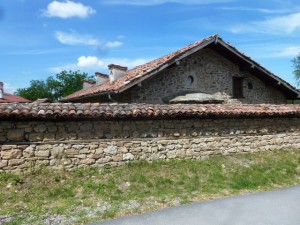
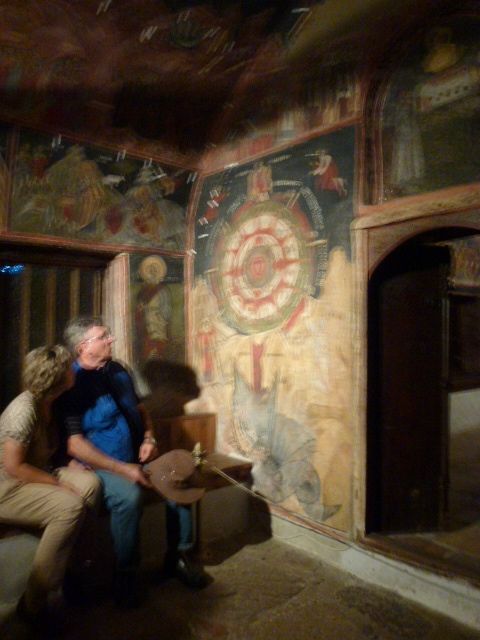
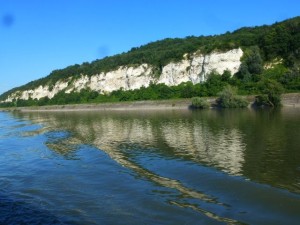
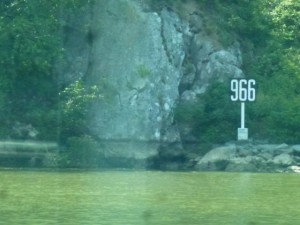
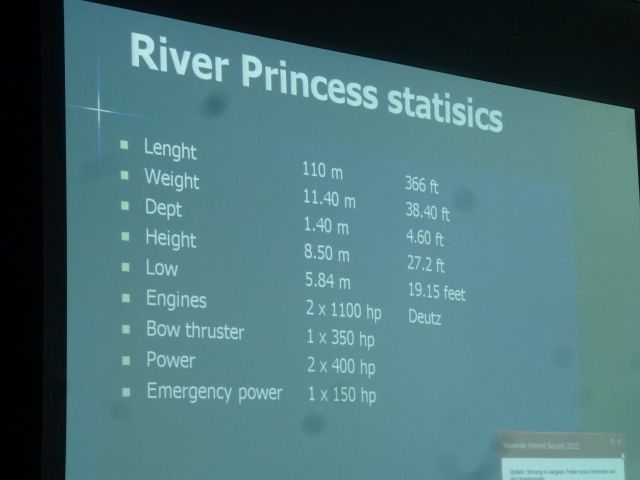
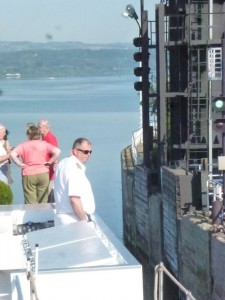
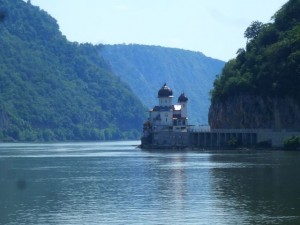
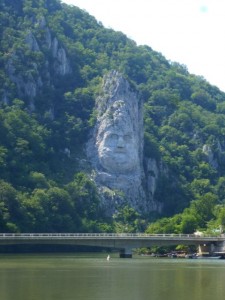
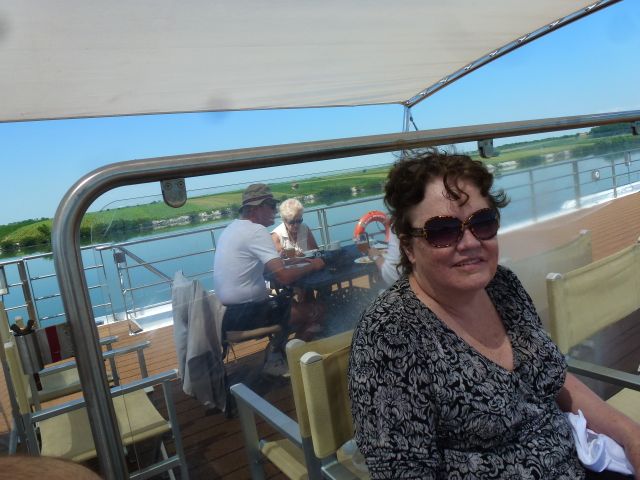
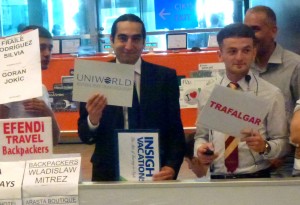
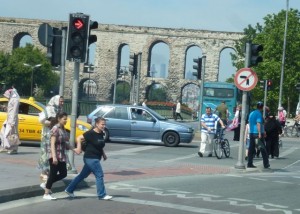



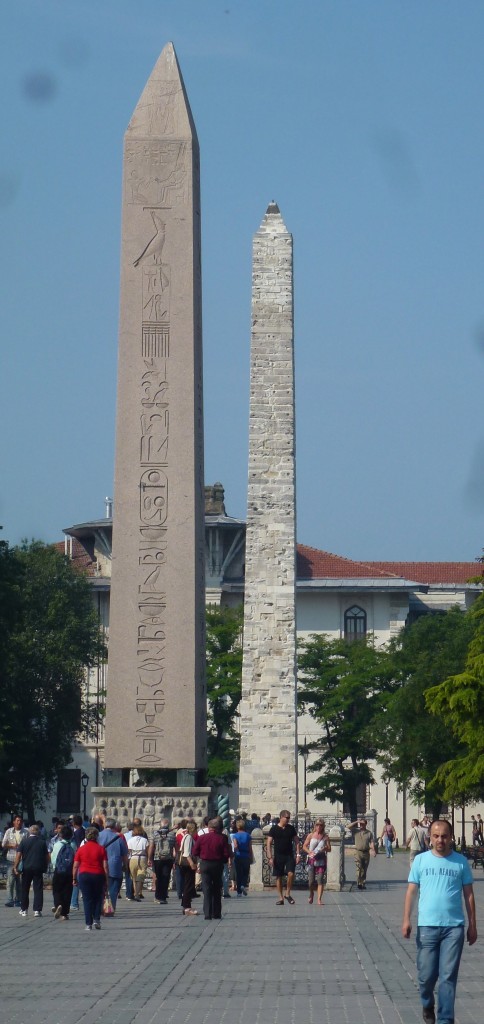
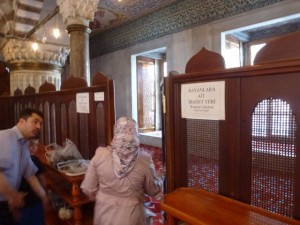
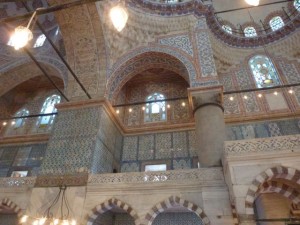
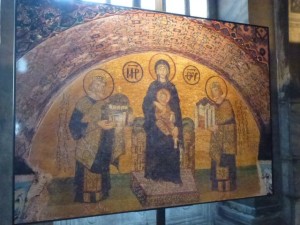
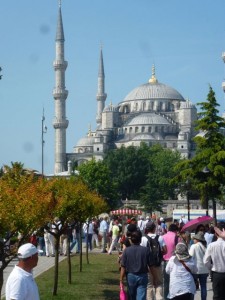
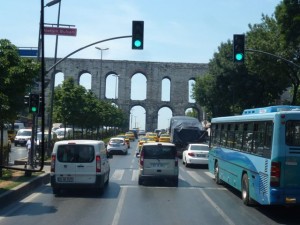
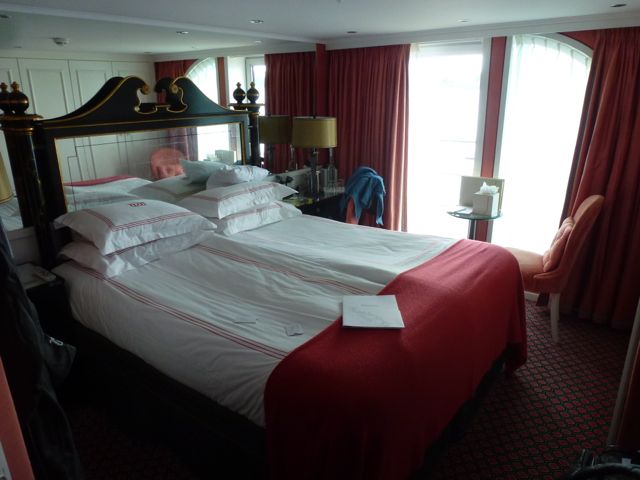
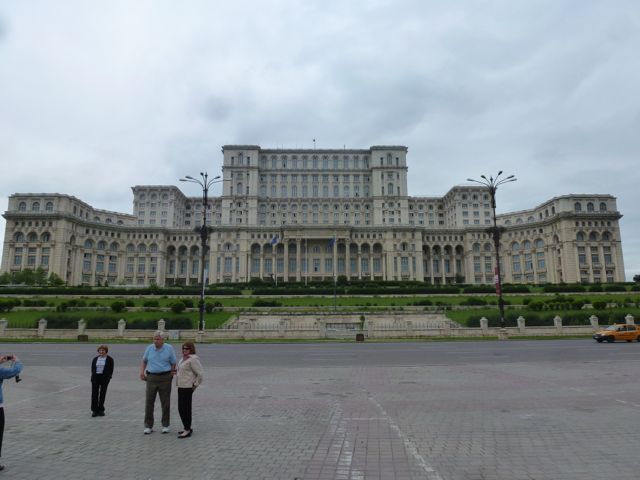
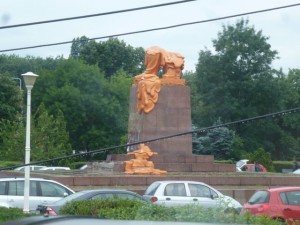






































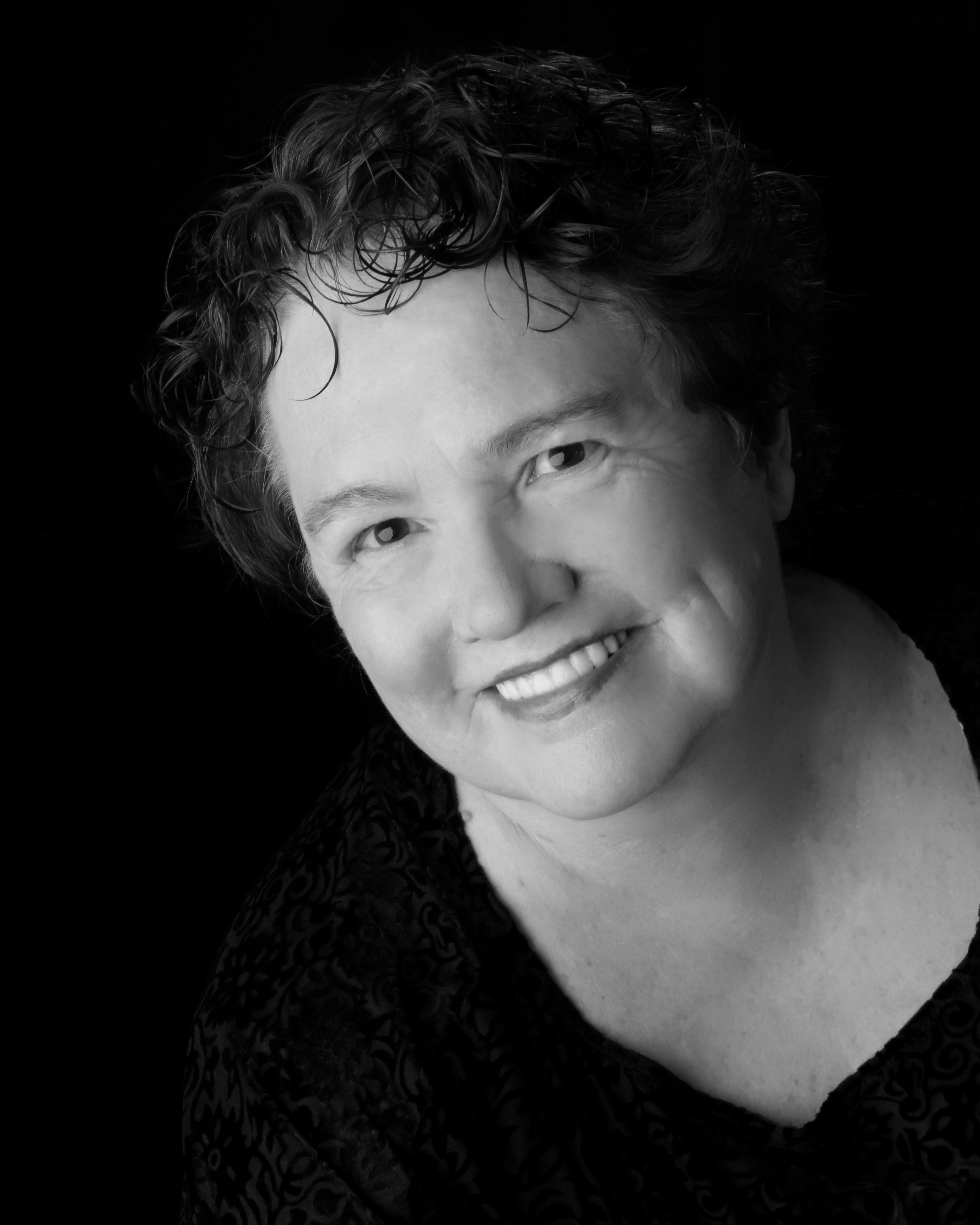
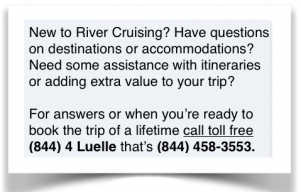
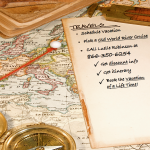
 We will never share your email and respect your privacy
We will never share your email and respect your privacy